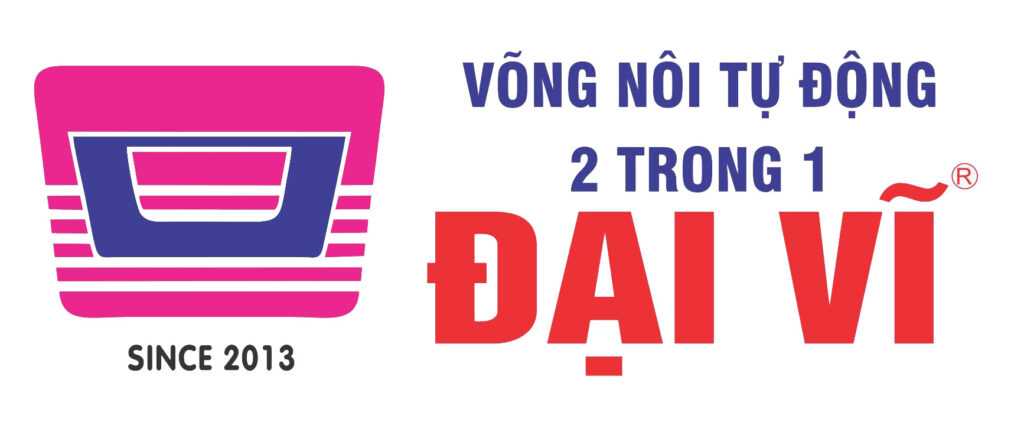acad
General trends in Science Magazine Readership: Shifts in Audience Diamond Over Time
The evolution regarding science magazine readership reveals much about society’s modifying relationship with scientific information, media consumption, and general public engagement with science. On the decades, science magazines have got adapted to shifts in reader expectations and technical advancements, moving from niche publications to widely recognized sources of information for curious minds and professionals alike. This kind of trajectory showcases not only the fluctuating appeal of scientific subject matter to the public but also the actual media’s role in giving a video presentation complex concepts in available ways. As readership styles develop, science magazines keep adjust their content, tone, and delivery to engage visitors in an era where digital platforms dominate.
Historically, science magazines primarily catered to the people already embedded in medical fields or deeply used scientific knowledge. Publications including Scientific American, which goes back to the 19th century, originally targeted a well-educated audience looking for in-depth articles around the latest discoveries and innovative developments. However , with the scientific as well as technological revolutions of the 20th century, public interest in scientific disciplines began to grow, spurred by advancements in space pursuit, computing, and health sciences. The space race, in particular, played out a key role in broadening the audience for science-related content, leading to a increase in readership among those with varying levels of scientific know-how. As science continued for you to intersect with everyday life, mags responded by broadening their coverage and making complex topics more relatable for the average reader.
Throughout the past due 20th century, science periodicals gradually shifted their focus to appeal to a much wider demographic. By adding articles which explored the social along with ethical implications of scientific research, these publications drew in readers who might possibly not have a strong background in scientific disciplines but were non-etheless interested in its impact on society. Characteristics on environmental issues, well being advancements, and technological innovation started to be more prevalent, demonstrating how science influences modern life and supplying readers a broader circumstance for scientific developments. Using this change in content, readership expanded to include younger audiences and also individuals from diverse backgrounds. Science magazines also commenced publishing issues that focused on specific themes-such as climate transform, genetics, and space exploration-to cater to readers’ interests as well as capitalize on topical meaning.
The digital revolution within the early 21st century marked another turning point for technology magazine readership. Online access to content transformed how visitors consumed information, enabling immediate access to a vast range of subjects and sources beyond printing magazines. Many readers, specially younger ones, began to favor digital platforms for easy, easily accessible information over standard print subscriptions. To keep rate, science magazines began presenting digital versions of their stories, creating websites, and establishing mobile applications to maintain loyal. This digital shift not just made science content readily available but also allowed for interactive attributes such as videos, infographics, in addition to reader comments, which additional engaged readers and prompted participation.
Social media also contributed to shifts in scientific disciplines magazine readership, particularly amid younger audiences. By maintaining active presences on platforms like Twitter, Instagram, and Metacafe, science magazines could reveal their content instantly in addition to reach broader, more diverse audience. Short, visually engaging posts often led readers to explore full-length articles, while programs like YouTube provided prospects for science magazines to interact with their audience through online video content, interviews, and action that made complex subject areas more digestible. This change to social media as an engagement tool aligned well with the increased interest in science communication, where the focus is about simplifying scientific information for just a general audience. Science magazines today frequently create multimedia system content to enhance audience involvement, recognizing that readers tend to interact with content when it is displayed in a format suited to digital camera consumption habits.
Data analysis and reader metrics also have reshaped how science journals approach their content. Digital platforms allow publications to assess reader preferences, frequently frequented topics, and time used on articles, enabling science journals to tailor their content to their audience’s interests. This data-driven approach has established especially useful for science magazines targeting younger readers, who are drawn to specific fields such as health, environmental science, as well as technology. By identifying styles and preferences, science magazines can strategically produce content that resonates with different demographics, further increasing engagement and broadening their readership basic. For instance, articles that consider climate change, technological improvements, or the psychological effects of social media marketing often perform well among youthful audiences who are highly engaged in topics related to the future of culture and the planet.
Subscription versions have evolved alongside digital trends, reflecting changes in loyal preferences and magazine durability. Many science magazines get adopted a hybrid model, offering both print along with digital subscriptions or freemium models where basic content is accessible for free, and expensive content requires a subscription. All these models cater to a range of readers-from long-time subscribers who continue to prefer print editions for you to casual readers who search for only occasional access to specific articles. In recent years, some research magazines have experimented with paywalls, offering limited free easy access before prompting readers to join, which helps sustain high-quality science journalism in a aggressive media landscape. This approach in addition reflects the evolving recognition that science magazines should invest in credible, well-researched journalism to differentiate themselves from your wealth of online content.
Typically the COVID-19 pandemic further influenced science magazine readership styles. With increased public interest in science-related topics, particularly health, vaccines, and epidemiology, many people ventured into trusted sources for accurate, up-to-date information. Science magazines saw a significant uptick inside readership as individuals searched reliable explanations of elaborate scientific issues that directly compressed their lives. Many guides responded by dedicating considerably more content to the pandemic and associated topics, including mental health, virology, and the values of public health policies. This era demonstrated the crucial role scientific research magazines https://www.mx6.com/members/topazygg.101687/#about play in public education and learning and information dissemination, particularly during times of crisis. The pandemic’s influence has had a lasting impact on readership trends, as it produced science and health issues in the forefront of public attention and underscored the importance of trustworthy scientific journalism.
Looking toward the future, science magazines will probably continue adapting to the modifying needs and interests of their readers. With the rising need for STEM (Science, Technology, Anatomist, and Mathematics) education as well as awareness, these publications might discover further opportunities to engage youthful readers, possibly integrating far more educational resources and collaborative efforts with schools in addition to universities. Additionally , as matters like climate change, artificial intelligence, and medical breakthroughs grow in relevance, science publications may focus more on forward-looking content that explores these kind of subjects’ implications for society, economics, and policy.
Scientific disciplines magazine readership trends show you a dynamic relationship concerning public interest, media invention, and the continuous drive to create scientific information accessible to some wide audience. By profiting technology, data insights, as well as multimedia formats, science journals have successfully navigated typically the changing media landscape, growing their reach and retaining their relevance. With an deepening interest in science and engineering, these magazines will likely keep serve as essential sources of expertise and insight, adapting into the evolving expectations of an employed, diverse readership.




